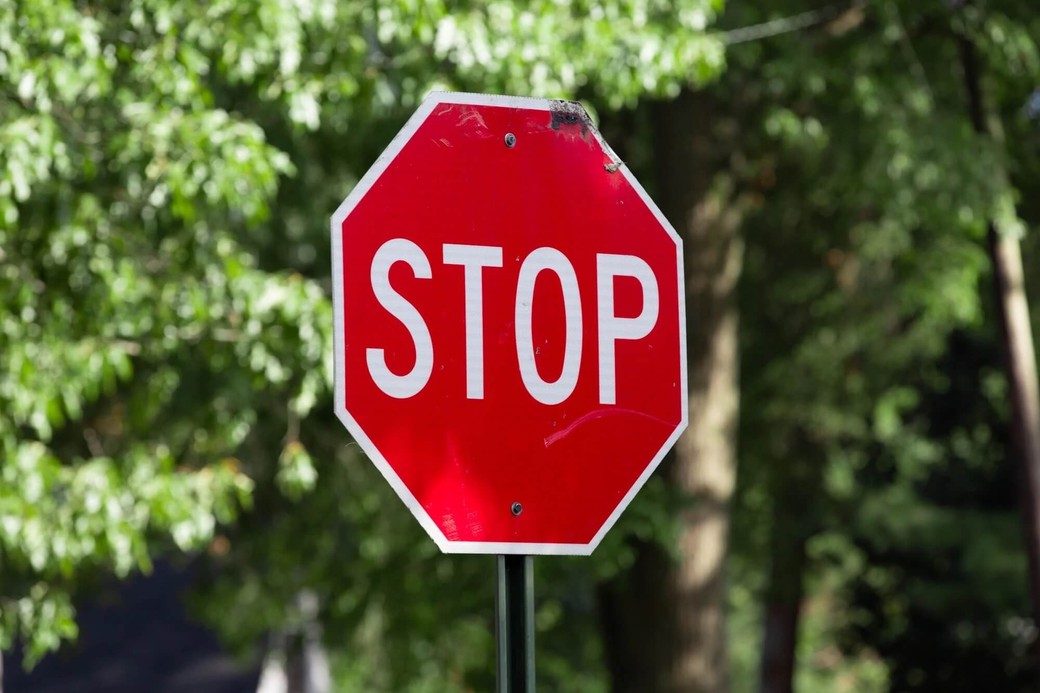Throughout my years of working in CSS, the property that causes the biggest mess in the layout is float. Whenever float is used, unexpected behavior occurs at some point in your layout and design. I've also seen a few beginners who stumbled upon issues like this. They use float then when problems arise, they find it hard to link it back to the floated element.
For this reason, I'm giving you a few options you can use to achieve the same effect you need with float while avoiding the mess. These options target block elements, as for inline elements I assume you know you can use text-align with.
Margin
You've probably used margin: 0 auto; a lot to center a block element horizontally. You can also use margin to align a block element to the left or to the right. If you need to align it to the left, then set margin-right: auto and margin-left: 0;. If you need to align it to the right, then set margin-left: auto and margin-right: 0;. Basically, to align a block element to one side horizontally, set the margin of that side to 0 and the opposite side to auto.
It should be noted that the block should have a width set less than a 100%. So it should either have a fixed width value or fit-content.
See the Pen Align with Margin by Shahed Nasser (@shahednasser) on CodePen.
As you can tell, you can't really align two elements on the same level with this method. You should try one of the other methods detailed below.
Align with Flex
Using flex, you can align your elements even more flexibly. In particular, to align your element horizontally to the left or to the right, first, you need to add display: flex; to the parent. Then, you have two options depending on the flex-direction you will use. If you use flex-direction: row; then set justify-content: flex-end; to align the item to the end of the parent element or justify-content: flex-start; to align the item to the beginning of the parent element. This also allows you to apply a similar style for both right-to-left and left-to-right layout, as flex-end in left-to-right will align the element to the right and flex-start will align the element to the left, whereas in right-to-left it will be the opposite.
See the Pen Align with Flex by Shahed Nasser (@shahednasser) on CodePen.
To align the element with another element on the same level, you can use a combination of flex and margin like explained above:
See the Pen Align with Flex by Shahed Nasser (@shahednasser) on CodePen.
Align with Grid
Now, this one may be more complex depending on your use case, but you can also align blocks using grids. What you need to do is set the display of the parent element to grid, then, in the case of one block in the grid that you just want to align to the right, you can set grid-auto-columns: calc(100% - BLOCK_WIDTH); if you have the block width set. If not then this won't be necessary. Then, set grid-area: right; on the block you want to align and it will be aligned to the right.
Of course, you can do much more with grids and you can use them for many blocks with different kinds of alignments, this is just a simple case of aligning an element in the grid to the right.
See the Pen Align with Grid by Shahed Nasser (@shahednasser) on CodePen.
To align two blocks on the same level, you can make use of grid-template-areas to specify the template of the grid and the name of each area, then assign your blocks the area they should be in
See the Pen Align with Grid by Shahed Nasser (@shahednasser) on CodePen.
Conclusion
There also may be other options that you can go for when aligning your elements depending on your layout. Regardless of which option you choose, stop using float.

